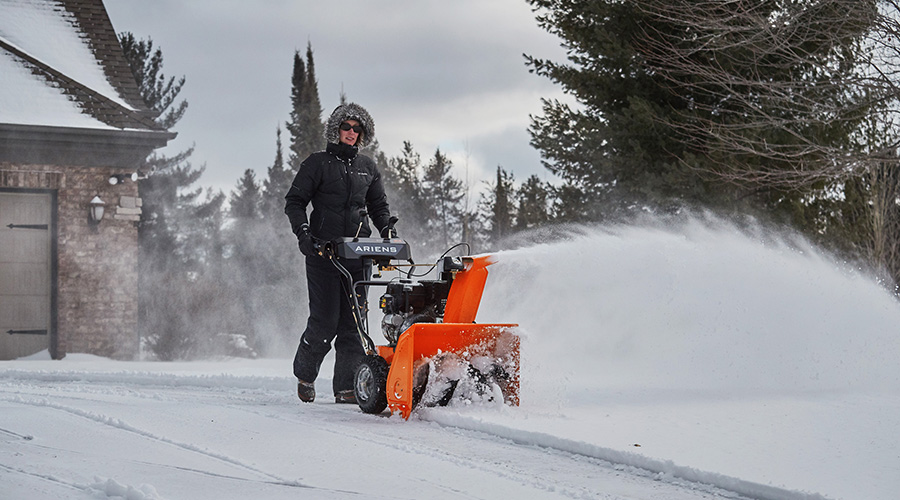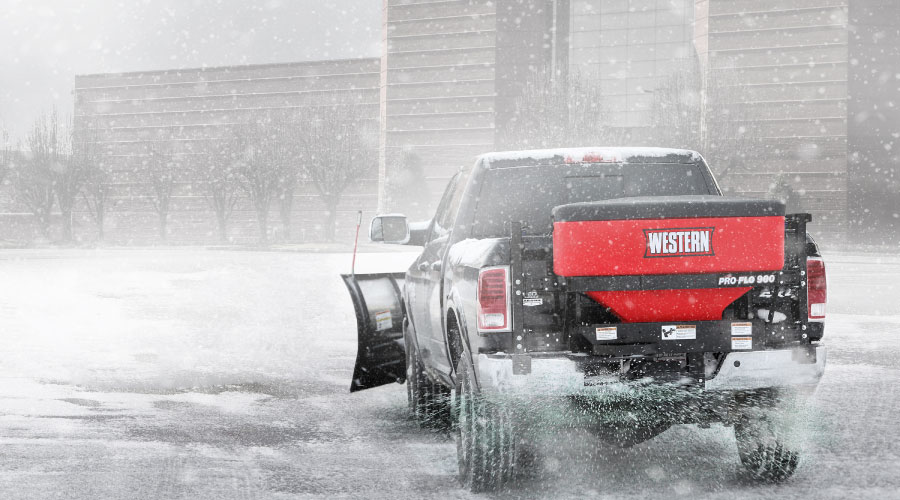Common Problems in Landscape Design
The appearance of landscaped areas around facilities goes a long way in shaping the image of an organization. Well-designed and properly maintained grounds can greet both visitors and occupants with a pleasing appearance, minimize the time and resources needed to keep landscapes looking their best, and contribute to the organization’s sustainability efforts.
The role of grounds managers in achieving these goals starts well before maintenance begins. Getting managers involved early in the design process can ensure the efficient and cost-effective maintenance of landscaped areas.
Dave Hanson, senior vice president with Valley Crest Landscape Management in San Jose, Calif., offers insights on challenges grounds managers face and their evolving roles in landscape design.
Maintenance Solutions: What are the most common problems managers encounter with new landscapes?
Dave Hanson: Regional differences are important in considering landscape needs. Irrigation is often the major concern in terms of management and the expense of repairs and upgrades. In markets with expensive land, not enough room for trees is an important consideration.
Managers should get involved in the landscape design and planning process to avoid landscapes that are costly and difficult to maintain. Any landscape undergoing extensive rework typically involves designers with a good idea of what looks good, but they might not consider long-term maintenance needs. Involving maintenance early in the process to guide decisions helps ensure problems are minimal.
Two common problems are budgets are too small and time frames are too short. It seems landscape construction also is the lowest priority of all the subcontractors when it comes to conflicts and value engineering.
Another common problem is weeds interfere with the establishment of new plants. The critical solution to minimizing weed problems is getting the water right. New landscapes often feature a mixture of large plants, trees, and small specimen plants that all are trying to get established.
Managers often feel as soon as they turn on the irrigation system, everything will be watered perfectly, but problems can occur. Trees with large root balls might not get enough water if the irrigation system is set to deliver water for plants with shallower root systems. The reverse also is true, where systems can overwater smaller plants, an unintended result of ensuring trees are well irrigated.
Related Topics:














